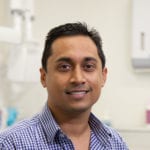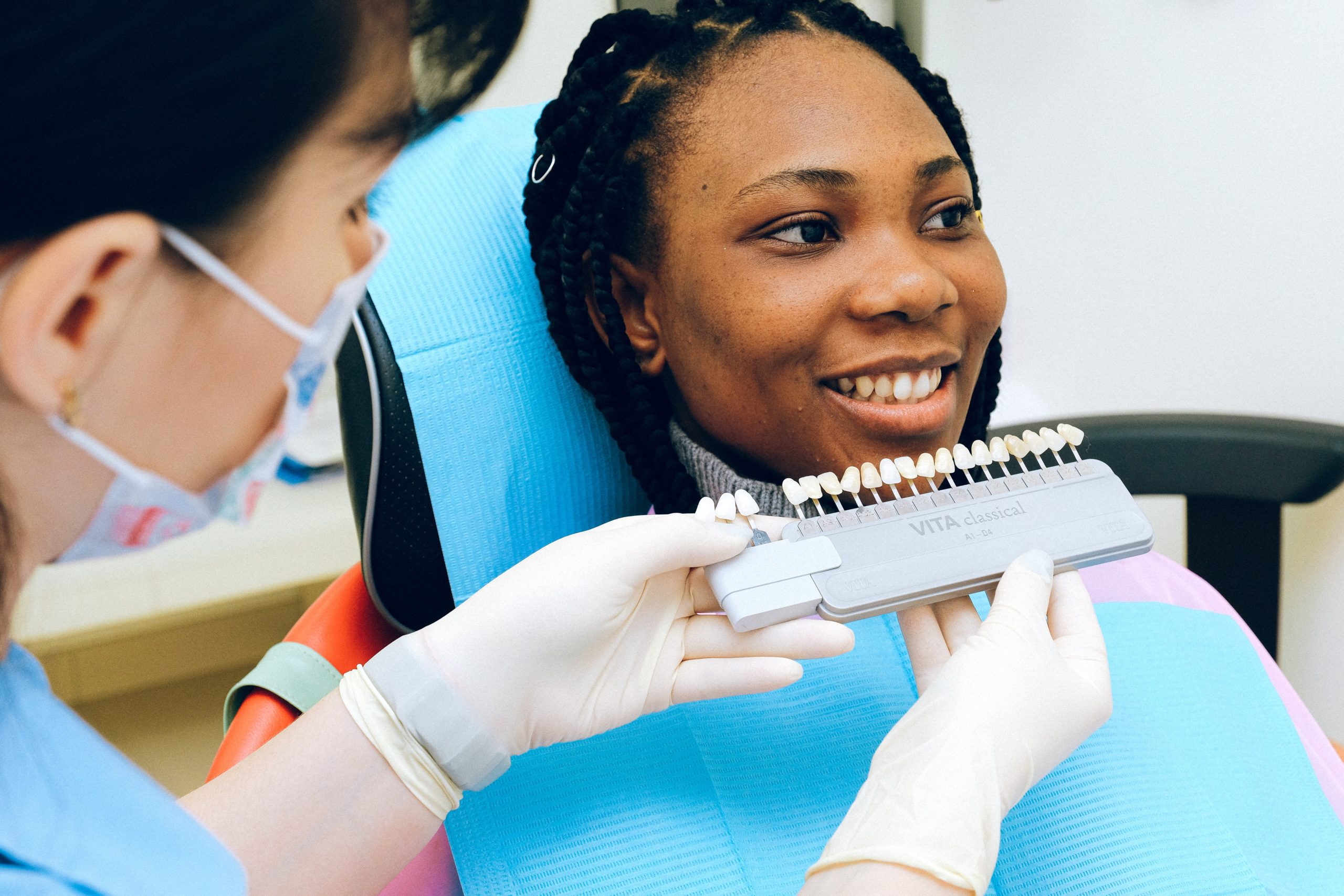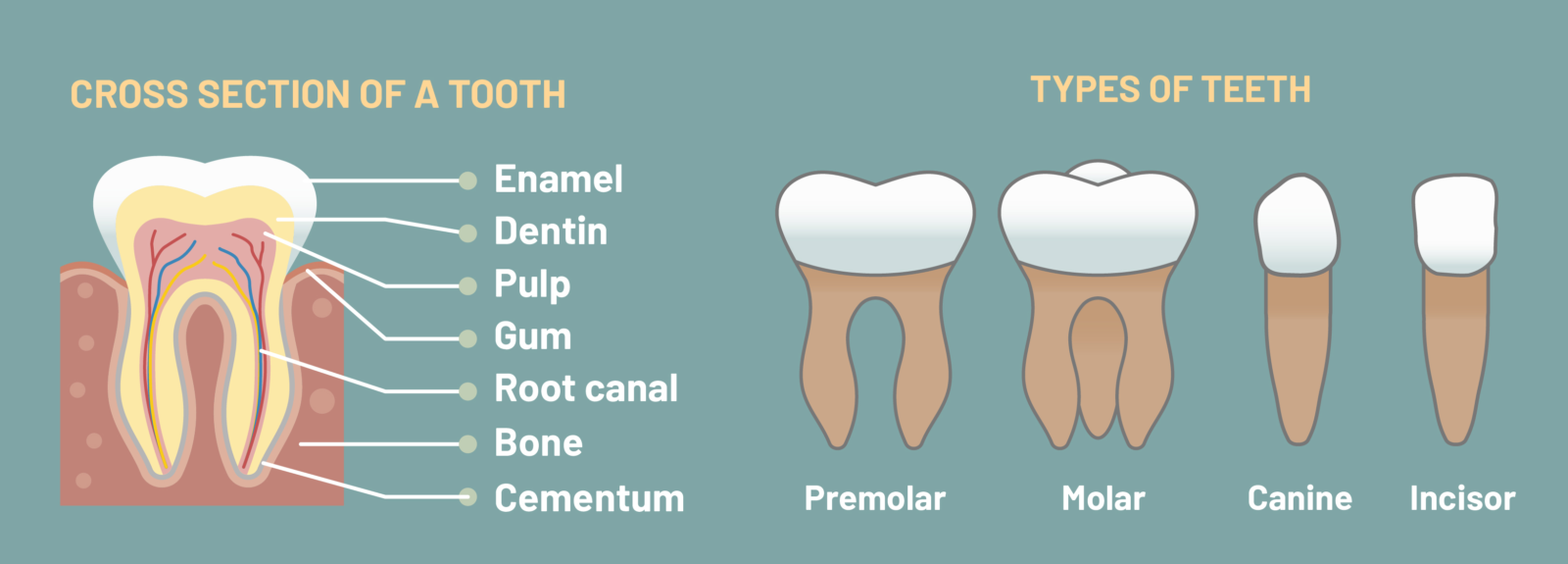Have you ever been to the dentist and wondered how technology is changing the way dental care is provided? Well, wonder no more! In recent years, there have been some exciting advances in technology in modern dentistry that are improving the way dentists diagnose and treat dental problems.
From digital imaging and 3D printing to teledentistry and artificial intelligence, technology is playing an increasingly important role in modern dentistry. It’s not just about making dental procedures more efficient, but also about improving patient comfort, reducing anxiety, and making dental care more accessible to everyone.
In this article, we’ll explore some of the most interesting and innovative technologies being used by dentists today. We’ll talk about how these technologies are helping dentists provide more accurate diagnoses, better treatment plans, and more personalised care. We’ll also discuss how they’re making dental procedures less scary and more comfortable for patients.
So whether you’re a dental professional or just someone curious about the latest developments in dental technology, we’ve got you covered. Let’s dive in and discover how technology is changing the face of modern dentistry!
Digital Radiography: Advancements in imaging technology
Digital radiography has revolutionised the way dentists take images of a patient’s teeth, jaw, and other oral structures. Digital X-rays use digital sensors instead of traditional film to capture images.
This technology has numerous advantages over traditional X-rays, including a reduction in radiation exposure for patients and faster image processing times. Digital X-rays can also be easily stored and retrieved, making it easier for dentists to share images with other healthcare providers and keep track of a patient’s dental history.
One of the most significant advantages of digital radiography is the ability to enhance and manipulate images. Digital X-rays can be magnified and adjusted for better viewing, and certain areas can be highlighted or colour-coded for easier identification of potential problems. This technology allows dentists to identify dental problems such as cavities, impacted teeth, and bone loss more accurately and efficiently.
Intraoral Scanners: Enhancing accuracy and comfort during procedures
Intraoral scanners are handheld devices that use advanced imaging technology to capture detailed images of a patient’s teeth and gums. These scanners can be used to create digital impressions of a patient’s teeth, eliminating the need for traditional putty impressions. Intraoral scanners are especially useful for patients who have a strong gag reflex or find traditional impression materials uncomfortable.
The use of intraoral scanners allows dentists to obtain more accurate impressions of a patient’s teeth and gums, leading to better-fitting dental restorations. These scanners can also provide a more detailed view of the mouth, allowing dentists to identify potential problems that may have been missed with traditional impression techniques.
Intraoral scanners can be used to design and create a wide range of dental restorations, including crowns, bridges, and aligners, with greater precision and accuracy than ever before.
CAD/CAM Technology: Streamlining the creation of dental restorations
CAD/CAM (Computer-Aided Design/Computer-Aided Manufacturing) technology has revolutionised the way dental restorations such as crowns, bridges, and veneers are designed and fabricated. This technology allows dentists to take digital impressions of a patient’s teeth, which are then used to create a 3D virtual model of the restoration. The virtual model can then be used to design the restoration, which is then milled or 3D printed from a block of ceramic or composite material.
The use of CAD/CAM technology has numerous benefits over traditional methods of creating dental restorations. First and foremost, it allows for greater precision and accuracy, resulting in better-fitting and longer-lasting restorations. The digital design process also allows for greater customisation, as dentists can easily make adjustments to the restoration’s size, shape, and colour to match the patient’s natural teeth. Additionally, CAD/CAM technology streamlines the production process, allowing restorations to be created in a single appointment, eliminating the need for multiple visits and temporary restorations.
Laser Dentistry: Minimally invasive treatments and faster healing times
Laser dentistry is a minimally invasive alternative to traditional dental procedures that uses lasers to perform a variety of treatments. Lasers can be used in a wide range of dental procedures, including removing decay from a tooth, removing soft tissue, treating gum disease, and whitening teeth.
Laser dentistry is becoming increasingly popular due to its numerous benefits, including minimal pain and discomfort, faster healing times, and reduced risk of infection.
One of the main advantages of laser dentistry is its precision. Lasers can target specific areas of the mouth, such as decayed or infected tissue, while leaving surrounding healthy tissue intact. This reduces the amount of damage to healthy tissue and results in less pain and discomfort for the patient. Additionally, the use of lasers can reduce bleeding and swelling during and after procedures, leading to faster healing times.
Teledentistry: Improving access to care through remote consultations
Teledentistry is the use of telecommunication and digital technologies to provide dental care and consultations remotely. With teledentistry, patients can communicate with dentists and other oral health professionals via video conferencing, phone calls, or messaging platforms to receive a diagnosis, treatment recommendations, and preventive care advice.
Teledentistry has numerous benefits, including improved access to care, reduced travel times and costs, and increased patient convenience. It is especially useful for patients who live in remote or rural areas where access to dental care may be limited, or for patients who are unable to visit a dental office due to physical or mobility limitations.
Teledentistry also allows dentists to screen patients for potential dental problems before scheduling an in-person appointment, which can save time and reduce costs.
Teledentistry is becoming increasingly popular due to its convenience and flexibility, and it is expected to play an even more significant role in the future of dentistry as technology continues to advance.
Artificial Intelligence: Potential applications in dental diagnosis and treatment planning
Artificial intelligence (AI) is a rapidly evolving field that has the potential to revolutionise many industries, including dentistry. In dentistry, AI can be used to analyse and interpret large amounts of patient data, such as medical histories, X-rays, and 3D images, to aid in diagnosis and treatment planning.
AI can help dentists identify patterns and trends that may not be visible to the human eye, leading to more accurate diagnoses and treatment recommendations.
For example, AI algorithms can be used to detect and predict dental caries or gum disease, and to assist dentists in creating personalised treatment plans based on a patient’s unique oral health profile. Additionally, AI can be used to automate certain tasks, such as identifying abnormalities in X-rays or analysing the effectiveness of certain treatments.
While AI is still in the early stages of development in dentistry, it has the potential to significantly improve the accuracy and efficiency of dental care, leading to better patient outcomes and more personalised treatment plans.
Virtual Reality: Reducing anxiety and improving patient education
Virtual reality (VR) is a technology that creates a simulated environment that a user can interact with using specialised equipment, such as a VR headset. In dentistry, VR technology can be used to create immersive and interactive experiences that help patients better understand their dental procedures and reduce anxiety and fear associated with dental visits.
VR technology can be used in a variety of ways in dentistry, from patient education to pain and anxiety management. For example, VR can be used to create simulations of dental procedures, allowing patients to “experience” the procedure before it happens. This can help patients understand what to expect during the procedure, reduce anxiety and fear, and increase confidence in the dental team.
Additionally, VR can be used during dental procedures to distract patients from the sounds and sensations of the treatment, reducing pain and anxiety.
In addition to improving patient comfort and experience, VR technology can also be used to improve patient education. VR can be used to create 3D models of teeth and gums, allowing patients to visualise their oral health and understand the effects of certain dental procedures on their oral health. This can help patients make more informed decisions about their dental care and take a more active role in their oral health.
Where to get your dental treatment carried out
If you’re looking for a dental practice that can provide you with the best care and guidance for any of your dental needs and oral health, Tandara Dental is the perfect choice.
With over 30 years of experience, skilled and professional dentists, and state-of-the-art equipment, Tandara Dental is dedicated to providing the highest quality of dental care.
From your initial consultation to your final adjustment, Tandara Dental’s team of experts will be with you every step of the way to make sure you receive the best possible treatment and achieve the beautiful, healthy smile you deserve.











